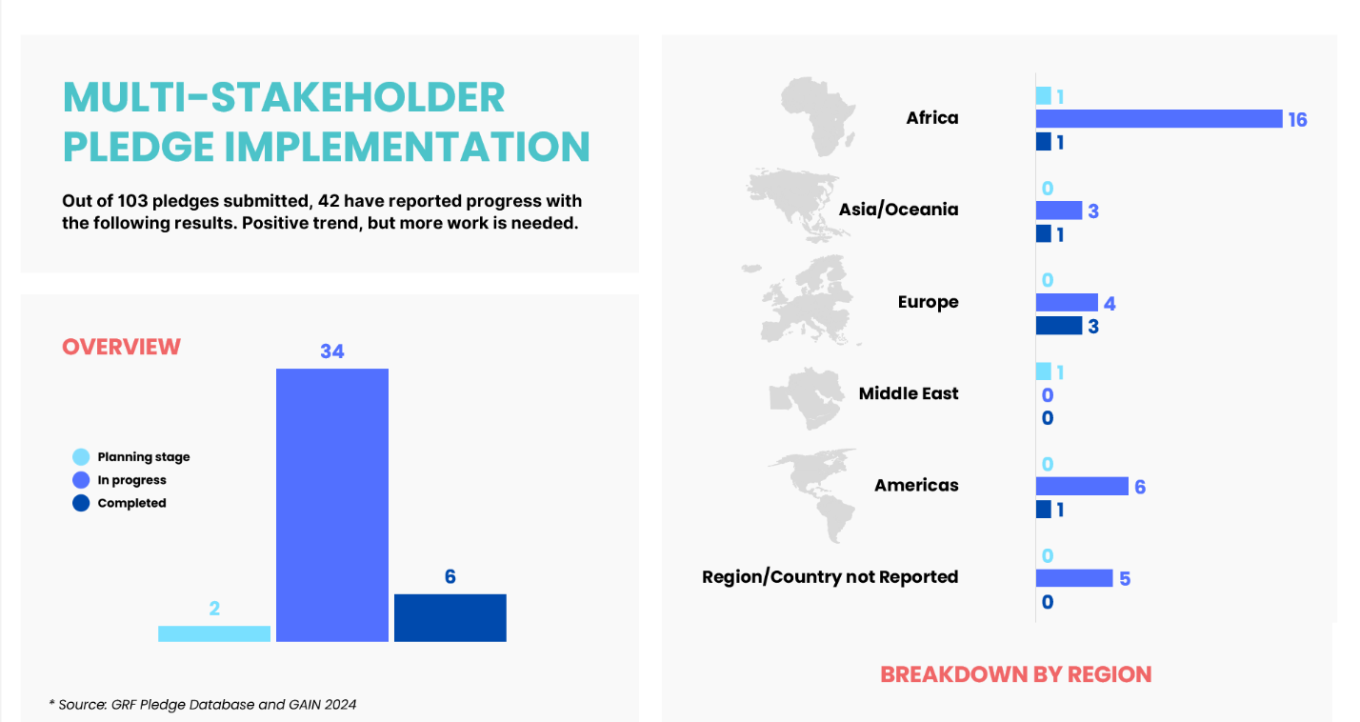20th May
Bringing together representatives from five countries – including host and donor perspectives – a webinar on statistical inclusion of forcibly displaced and stateless persons in support of inclusive socio-economic policies was held. Organised by the co-conveners of the Global Refugee Forum multi-stakeholder pledges on “Inclusion of Forcibly Displaced and Stateless Persons in National Statistical Systems and Surveys” and “Economic Inclusion and Social Protection”, the event was a space for discussing the complementarity of the two commitments, sharing experiences in translating them into action, and raising awareness of the resources and mechanisms available to do so.
Natalia Baal, Head of the EGRISS secretariat, and Omar Moussa Ali, Director of Demographic and Social Statistics at Institute of Statistics of Djibouti (INSTAD), opened the session. Panellists included Gohdar Mohamed, Head of Population and Labor Force Statistics Department at the Kurdistan Region Statistics Office (KRSO); Dennis Arvin L. Chan, Chief State Counsel and Head of the Refugees and Stateless Persons Protection Unit of the Department of Justice of the Philippines; Mulualem Desta, Deputy Director General of the Refugee and Returnee Services of Ethiopia; and Sian Rasdale, Head of Centre for Data & Analysis (CfDA) of the Foreign Commonwealth and Development Office (FCDO).
Aissatou Dicko, Head of the World Bank-UNHCR Joint Data Center (JDC) on Forced Displacement, moderated the webinar. In her opening remarks, she highlighted the need to transition away from short-term interventions to more comprehensive medium to longer-term government-led responses that promote self-reliance and resilience of forcibly displaced populations and their host communities. “We now recognise that for humanitarian action and development programmes, better socio-economic data is essential. Addressing this data gap cannot be achieved single-handedly or through ad hoc investment. It requires a systematic change within the wider data ecosystem that puts inclusion in national systems at its core”, she defended.
Statistical inclusion as a transformational tool
Interventions from Djibouti, Iraq, Philippines and Ethiopia showcased convincing progress in four varied national contexts. From the national censuses in Iraq and Djibouti, to Ethiopia’s inclusive national surveys and Philippines’ national databases and birth registration systems, the impact of different data sources on policy-development for refugees and stateless persons was presented.
Natalia Baal complemented by highlighting global progress on statistical inclusion as monitored by EGRISS through the Global Annual Inclusion (GAIN) Survey since 2021 and explained the role of the International Recommendations on Refugee, IDP, and Statelessness Statistics (IRRS, IRIS, and IROSS) in this regard.
In four years, 253 examples of implementation of the Recommendations were reported, 108 of them in 2024 alone. “Behind this number lies critical investments by governments, by national statistical offices and international organisations, but also regional engagement, bringing countries together at the regional level to share their experience and inspire each other to take the work forward”.
Pledge architecture and implementation challenges
The 2023 Global Refugee Forum generated 103 pledges supporting the statistical inclusion agenda, with over half originating from government commitments. This response exceeded initial expectations and demonstrated significant political commitment to addressing the statistical exclusion of displaced populations. However, monitoring reveals the complexity of translating such commitments into action. Of the 103 pledges, only 42 have reported progress, with 6 completed and 34 in various implementation stages.

This indicates that more needs to be done. Or, as Natalia summarised: “We really need to organize ourselves and see how best to support and make best use of our collective but limited resources to push more of those 34 into completion and to help initiate a number of the other GRF commitments”.
Watch the webinar

